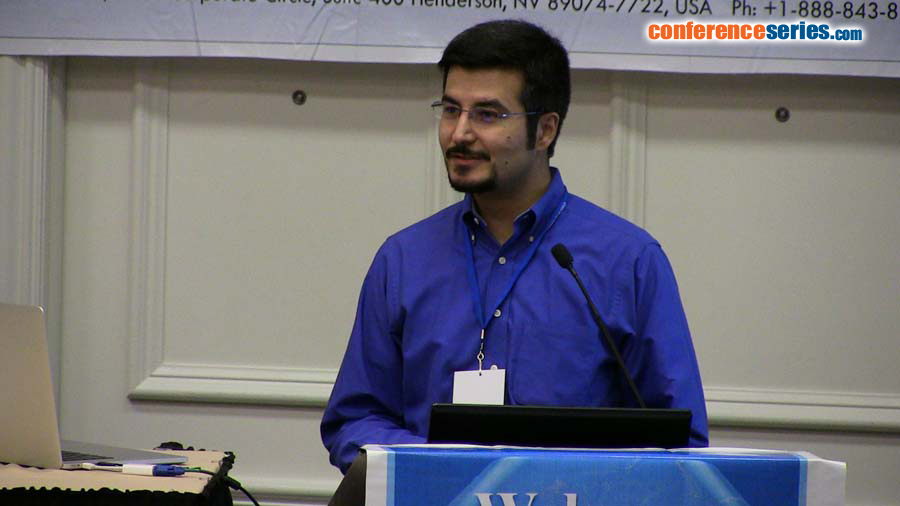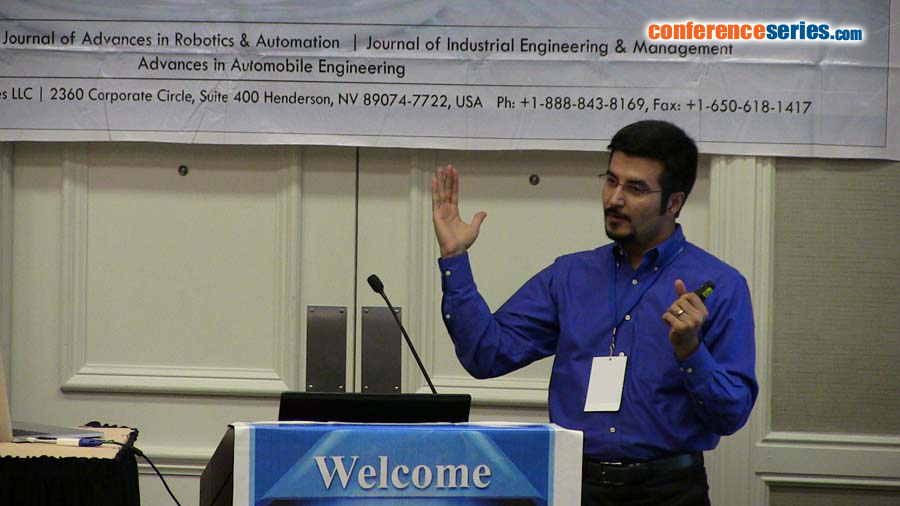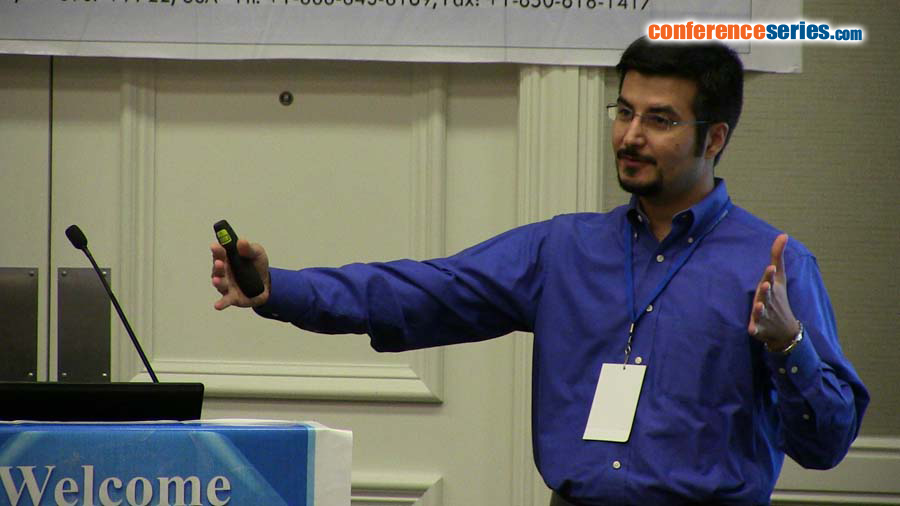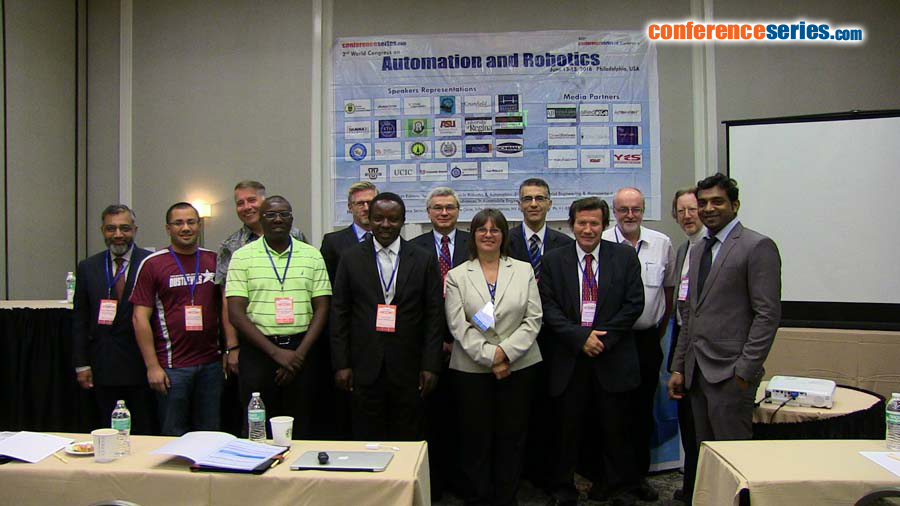
Biography
Biography: Hamid Marvi
Abstract
Locomotion emerges from effective interactions with aerial, aquatic, or terrestrial environments. The majority of terrestrial terrain experienced by search-and-rescue or exploratory robots is flowing ground and is often composed of granular media. However, the lack of force models for granular environments has resulted in robotic systems that perform poorly on sandy hills. In contrast, many animal species and particularly snakes are highly versatile and remarkably successful at maneuvering on granular media. Thus, they can serve as sources of inspiration for transportation and robotic systems to traverse complex granular environments. In this talk, a series of experiments that help us understand the physics of sidewinder snakes’ interactions with a granular environment are presented. We found a control template for sidewinding on sandy inclines: The use of two orthogonal waves whose relative amplitudes are modulated is the key to successful climbing on sand. Next, the first snake robot capable of climbing sandy hills benefitting from this control template is demonstrated. Finally, my current research activities on developing structured active or passive elastomeric surfaces for crawling robots to help them interact more effectively with their terrestrial environments are discussed. Specifically, several active and passive mechanisms for the control of fibrillar friction and adhesion are presented. Using these mechanisms, we can readily control fibrillar friction in any planar direction and also take a major step toward the maximal adhesion of spatular elastomeric micro-fiber adhesives. The findings of these studies will result in the development of adaptive attachment structures and control methods for effective all-terrain search-and-rescue and exploratory robots.







